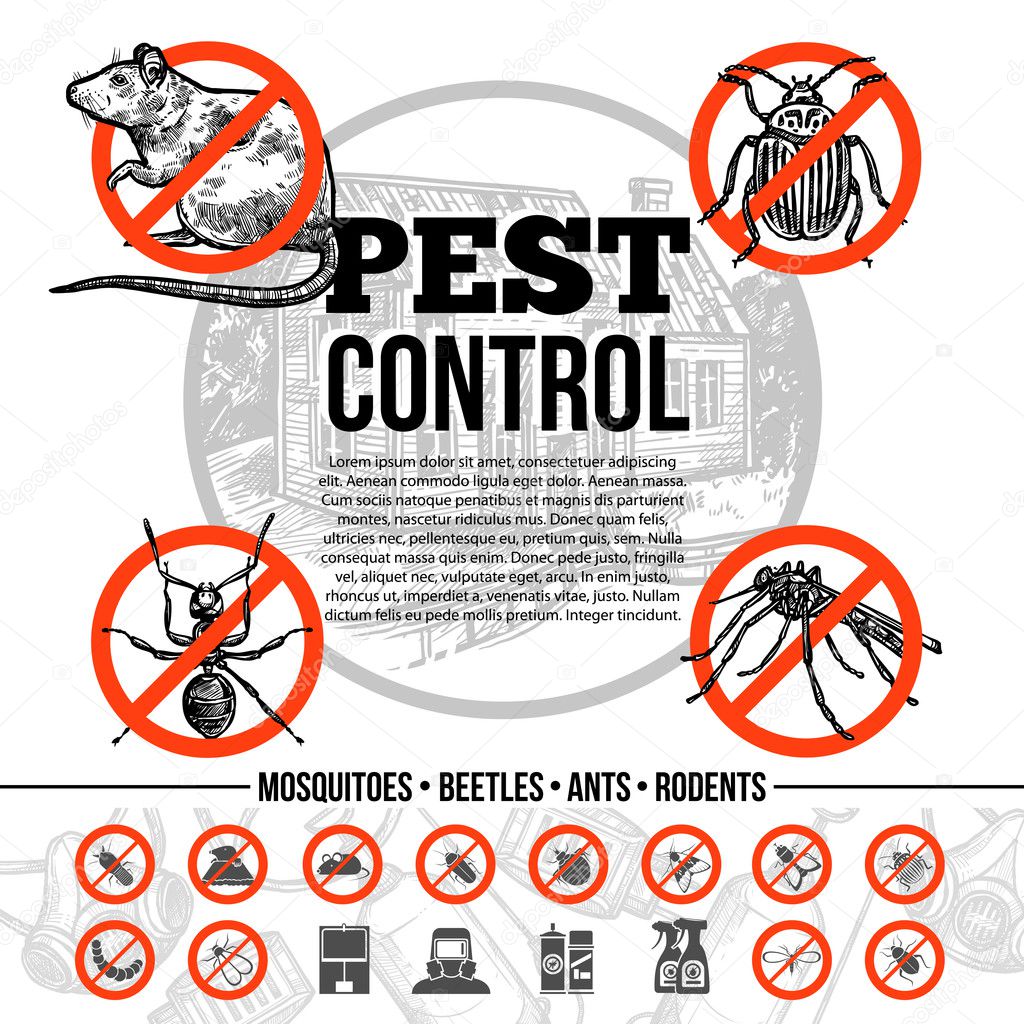Grasping the Developmental Stages of Common Pests

Regarding maintaining a comfortable and protective living environment, understanding the life cycle of frequent pests is vital. These intrusive guests can invade your home at any moment of the year, every time of year bringing its distinct set of obstacles and threats. Being aware of how pests multiply, prosper, and seek shelter can help you take proactive measures to maintain your home pest-free throughout the year. This knowledge is the cornerstone of effective pest control and will enable you to tackle infestations before they escalate.
In this definitive guide, we will examine different aspects of pest control, from recognizing common household pests to understanding why DIY methods often fail. With insights on seasonal pest habits, professional pest control scheduling, and disproving prevalent myths, you’ll be equipped with actionable tips to protect your home. Whether you encounter a spring resurgence of ants or the winter encroachment of rodents, we will supply you with the strategies you ought to employ to prevent and manage these nuisances effectively. Let’s investigate the details of pest life cycles and learn how to shield our homes against these relentless invaders.
Common Home Pests and Control
Frequent household infestations include fire ants, cockroaches, mice and rats, and bloodsuckers. Sugar ants often enter homes in quest of food, while cockroaches thrive in heated, humid areas. Mice and rats, such as smaller rodents and larger rodents, seek shelter, especially in frigid months, and bed bugs feed on individuals' blood, making them a nuisance in bedrooms. Understanding their habits and homes is essential for efficient prevention and management.

Deterring these infestations starts with maintaining cleanliness. Ensure that snacks is kept in sealed containers and that leftovers are quickly cleaned. Blocking entry points, such as fissures in partitions and spaces around windows, can also help prevent infestations out. Additionally, frequent inspections of your home can help detect likely issues before they become pest issues.
Seasonal changes can affect infestation activity, so it's important to tailor your prevention strategies accordingly. Spring and the summer months often bring an surge in sugar ants and mosquitoes, while fall may see rodents seeking shelter indoors. By staying alert and on the offensive in pest control, you can considerably reduce the likelihood of invasions and maintain a clean home year-round.
DIY Pest Management vs. Expert Assistance
A lot of homeowners view DIY pest control as an first approach to dealing with pests in their homes. The allure of cutting money and tackling problems on one's own terms can be tempting. However, the effectiveness of Do-It-Yourself strategies often varies, with many solutions based on short-term solutions rather than lasting prevention. Homeowners may find that while they can manage minor infestations, more significant issues, like bed bug infestations or rodent problems, typically demand a broader approach.
Professional pest control solutions bring expertise and resources that most Do-It-Yourself efforts fail to provide. Qualified technicians can accurately determine pest species, examine for possible entry points, and analyze the life cycles of common pests, ensuring a specific strategy. Moreover, professionals typically have access to superior treatment options, including sustainable solutions, that can be more efficient and more secure in the long run. https://ozonepestcontrol.com/ with a pest control service can help preserve a pest-free environment year-round.
Deciding between DIY pest control and using professional services often depends on the extent of the problem and the homeowner's comfort level with pest management. For insignificant issues, Do-It-Yourself methods can be adequate. However, if pests continue or if the infestation is significant, investing in expert assistance can save effort, money, and stress in the long run. It is crucial to weigh the pros and cons to decide the best option for your specific situation.
Seasonal Pest Control Management Tips
As the times of year change, so do the kinds of infestations that may invade your home. In spring, be vigilant for ant infestations, termite problems, and mosquito issues appearing as the weather rise. To avoid infestations, keep your yard tidy, remove standing water, and seal any openings in your house's exterior. Frequent inspections during this period can help you address any signs of initial pest activity before they become bigger issues.
During the summer months, bugs like flies, bees, and wasp infestations become more prominent, often drawn to food sources and outdoor events. To keep these pests at bay, ensure that food is kept securely and garbage is disposed of properly. Consider placing traps or using natural deterrents around your outdoor space to establish a pest-free setting for outdoor enjoyment.
As fall comes, mice and other creatures seek shelter as temperatures decline. Implement protective measures by sealing entry points and ensuring that your home is less inviting to invaders. Regularly check for any signs of pest activity and consider arranging professional pest control to address any possible issues. Winter may bring its own set of difficulties with pests like roach problems seeking warmth, highlighting the need of year-round pest prevention strategies.
